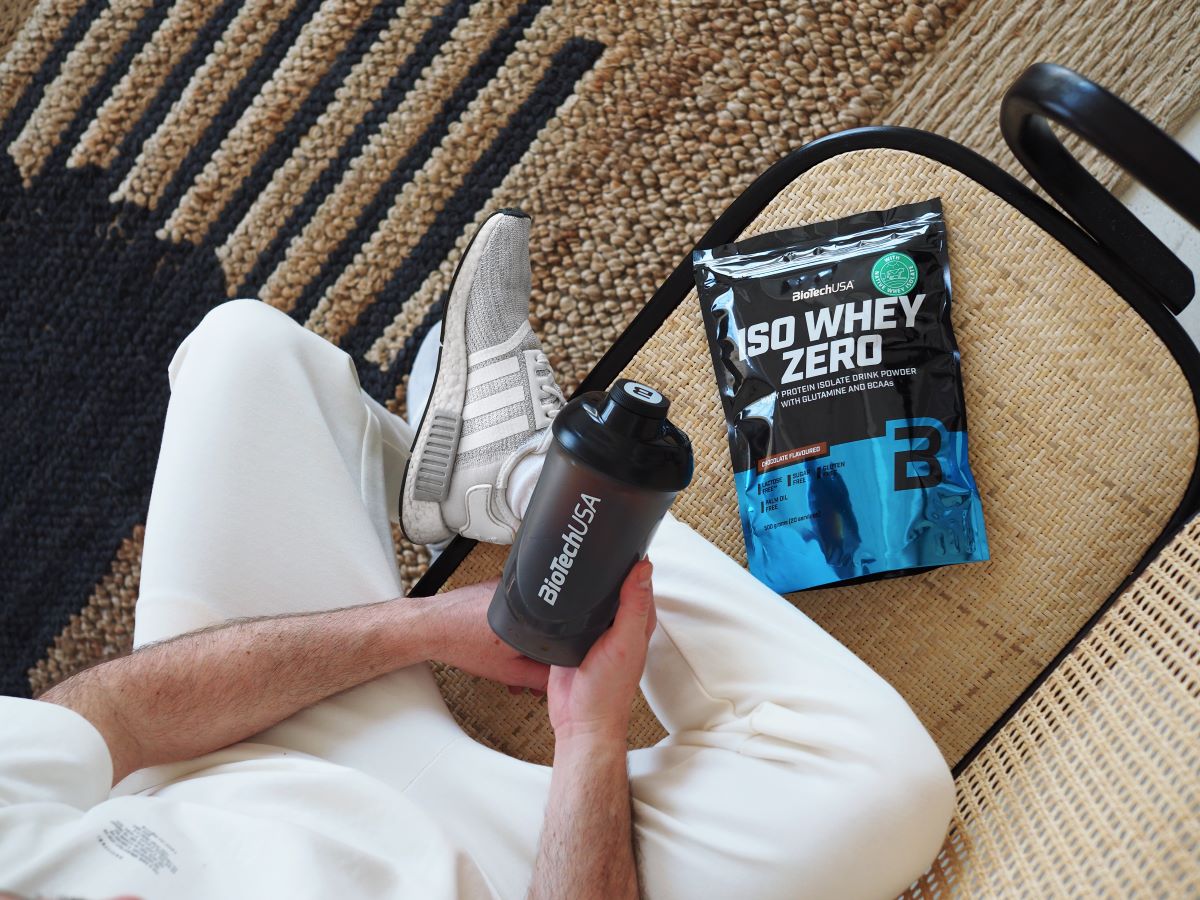
How to select the protein shake you need?
What is a protein shake?
According to the official definition it is a “special food product for nutritional purposes” that can be consumed for a number of reasons. It is considered to be food, therefore it does not contain any active ingredient or medication. It can be consumed by anyone who is allowed to eat proteins such as meat, dairy products, eggs, etc.
Who might need to consume protein shakes?
Since it is a food supplement, it is for people who may not be able to ensure the right amount of protein intake from regular meals. This may happen for a number of reasons, among others if
- someone does heavy physical work
- adolescent (growing) young people do sports
- you are a sportsman/sportwoman
- you are in regeneration after an injury
- you are vegetarian
- you are on a low-carbohydrate and/or low-fat diet in order to lose weight
How much protein do you need?
An average, non-athlete adult needs 0.8 g protein per kg (in body weight). Unfortunately, most people consume less protein than this amount. However, it is very important not only why sportspeople take it – for regeneration and muscle building –, but also for the proper functioning of your body. Research has shown that athletes need a higher protein intake for proper regeneration. The quantities, however, are different according to the types of sports. General stamina sports and power sports require 1.1–1.5 g and appr. 2g protein per kg (in body weight) respectively, while heavy athletes require even more protein. For muscle building you will need approximately 1.5–2 g per kg (in body weight), and if you are taking in a low level of carbohydrate then the protein intake should be more around 2g per kg.
The requirement for athletes
80% of the muscles is composed of protein (when water is disregarded, of course), and it is responsible for muscle structure and function. If you are a sportsperson you have to ensure the regeneration, growth, development and performance of your muscle then it can be done in the largest quantity and best quality though the consumption of meat, dairy products, eggs, fish and shakes. Shakes are very popular among athletes, since they can provide the protein required by the muscles very fast, in large quantities and in a tasty format. It is very easy to get confused about the available protein shakes, since there are lots of brands, types, flavours, prices and ingredients available.
We all need protein, without exception. If you do sports and adequate regeneration and high performance matter to you, you are also aware of the importance of proteins and amino acids – the building block of proteins.

Protein resources can be grouped in the following categories:
- biological value: to what extent your body can utilise it
- amino acid profile: whether it contains all the amino acids required for building muscles
- whether it contains other nutrients or not
Whey protein
Whey protein is derived from milk. It is a protein source that comes from whey, a by-product of cheese manufacturing. It can be found in food supplements as a concentrate, isolate or hydrolysate. It is produced using different technological processes such as microfiltration, ultrafiltration etc. Protein isolate and concentrate have a roughly 90% and 80% protein content, respectively. Hydrolysate contains amino acids in a different form, and it absorbs faster than the protein isolate and concentrate do. If you are suffering from an immune disease or have food allergies, hydrolysate is the best – and at the same time the most costly – solution.
Casein
Casein in a typically slow-absorbing protein source, which has the special property that when mixed with liquids it becomes a gel. It results in a fuller, pudding-style shake that is also excellent for other meals and desserts. Like whey, it is available in a number of different forms. For example, there is calcium caseinate, the most basic type or micellar casein that is the purest and hydrolysed casein, as well. Calcium caseinate and micellar casein have a gel (thickening) property. Hydrolysed casein doesn’t have this property, that’s why it absorbs faster.
Plant proteins
A somewhat cheaper type of protein than whey proteins, the reason being that plant protein sources do not have a complete amino acid profile and their biological value is lower. Therefore, in many cases, vegetable protein drink powders are composed of multiple protein sources to provide a complete protein source. For example, they may contain both a protein source derived from cereals (e.g. rice or barley protein) and a protein source derived from legumes (e.g. peas). There are also products containing only one protein source, e.g. rice protein, pea protein. When using these, it is worth paying attention to completing the meal throughout the day. They are not only recommended for people following a plant-based diet or vegetarians. It may be a good choice for those who, for whatever reason, are looking for a dairy-free alternative.
Beef protein
The market of dietary supplements keeps rediscovering beef protein. It is a great alternative if you do not want to eat milk-derived products or you are suffering from milk allergy, but you still seek a solution better than plan-derived proteins.